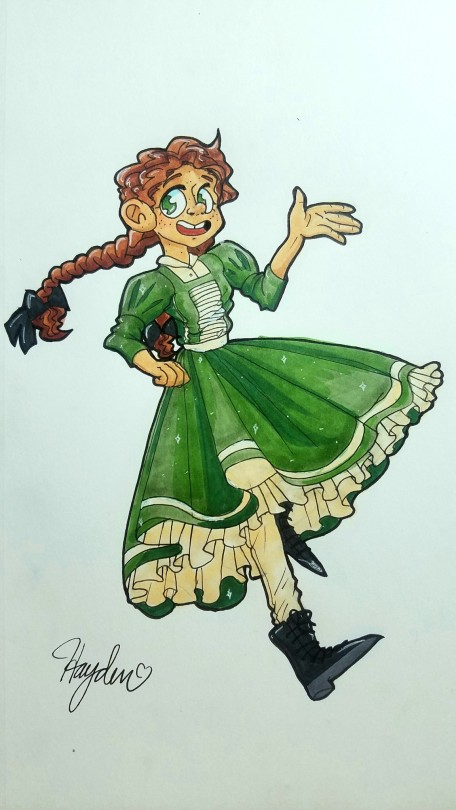There are a plethora of mythologies which has combined a number of creatures to make for incredible beasts, gods or heroes. Most famously perhaps that of egyptian or greek mythology, which sees the fusion between human and animal on numerous ocassions.

https://www.pinterest.dk/pin/747456869384471103/
We’ve always been fascinated with combining animals together ( humans too ) to concieve new, exciting creatures. I am personally a huge fan of this method of designing, and it is one of my prefered, primary ways of working with creature and meta-contextual character design. As much as i’d like to say there’s tricks to be had in designing creatures like this, the fact of the matter is - i don’t know one surefire way to go about it. Just like character design, i believe that one’s best bet is to delve into the matter with curiousity and a willingness to explore the combinations on more levels than just the surface details. Something that goes beyond pallette swaps and switching ears, noses and tails around. And of course: working with your particular style in order to find out how it can accomodate these creatures the best.


What i mean specifically by “going beyond surface details” is the swapping and combination of creatures structural and behavioural builds. Well then, what do i mean by that?I want you to look beyond the colour of the fur and the shape of the muzzle. I encourage you to consider the posture of the creature as well. The angle of the spine, the breadth of paws and the placement of the head. Take only the interesting parts of the animals you’re trying to combine, those that make the individual creature distinguished from one another, leave out the rest. A fox might have a pretty red and white/black coat of fur, but is that really what makes the animal itself so distinct from other mammals?
How does that work?
Let’s try to construct a chimera:
Underneath i’ve collected traits from four animals. Two of which i have referenced. This is a completely random selection of animals that would probably need a lot of anatomical reworking to function in any realistic setting. But for the sake of the experiment, i wanted to mix four completely different animals together.



This creature is a mix between a Lion (tail), bull (hindlegs), Bear (torso and front legs) and a pangolin (head). As you can see, i’ve nicked the two humps and the overall build of the torso straight from a prowling bear. These are, next to the bears iconically stumpy tail and specifically shaped head, one of it’s main, structurally defining features. Along with its dense and large paws ( which i’ve included as well to make the creature appear very front-heavy ). Due to the weight distribution being primarily on the front legs, those of the bear, we can assume that its run/walk -cycle will look mostly like that of the bear. With the hindlegs of the ox peddling behind, probably looking rather strange in motion.
From the pangolin, i’ve taken the distinguishable shape of the head, and will later be implementing scales from the little critter too.
The lion’s tail was brought in to add some kind of contrast to the otherwise dense and massive limbs; thinking in contrasts and making sure that you have them incorporated in your design can make for great amounts of visual interest, and make your creature look more dynamic.

Now, this is mostly a personal preference, but for me, in my style - i like to make the parts of the creature blend as seamlessly as possible in sihlouette. Meaning that i try to smooth out the features of the different creatures into as few coherent shapes as possible. ( See, how the torso of the bear blends smoothly into that of the bull’s legs and pangolins face ). This is mostly due to how i tend to work with creating creatures from the ground up - creatures that are supposed to look alien and unrecognizable to us, yet familiar still. If you want to make it clearer which parts your creature is made up of, making the transitions clearer to dinstinguish feature from feature will help seperate the creature out. Like the classic chimera:

https://forgottenrealms.fandom.com/wiki/Chimera
When deciding which creatures to combine, it might be a good idea to take a quick look at their bone-structure and muscular anatomy. Like this - you can easier make decisions as to where you’d want the traits to fuse and join. This is especially important if you want your creature’s features to have that seamless blend. Understanding how and why muscles work the way they do on certain animals will give you a deeper understanding of how you can combine these animals together without your design looking crowded or mishapen.

Lastly, i’ll always encourage people to try to combine animals that aren’t commonly seen combined, or even commonly seen. If you want to create something unique, then you need to look for unique animals to combine. Or new ways to combine commonly combined animals. The results of a good combination can come out looking wildly interesting.

https://www.artstation.com/artwork/bvPvr
- Mod Wackart ( ko-fi )
from The Redline Station https://ift.tt/3jD7Z4j
via IFTTT

No comments:
Post a Comment